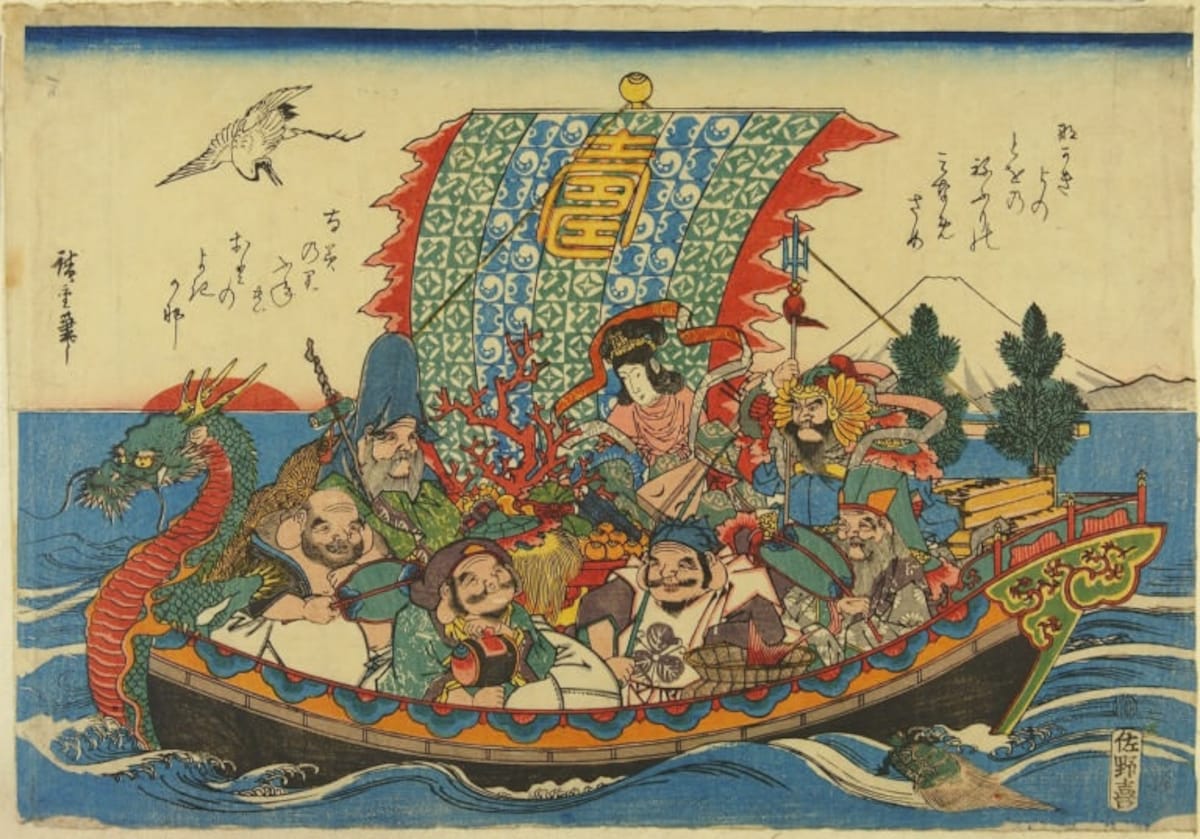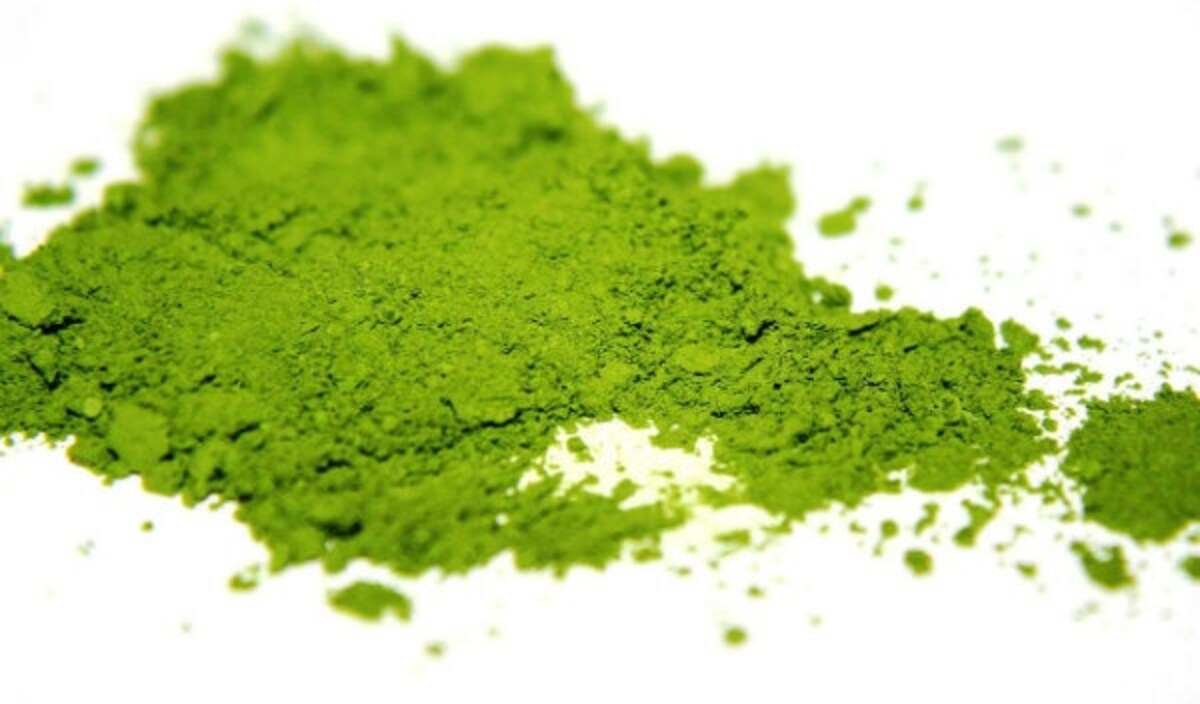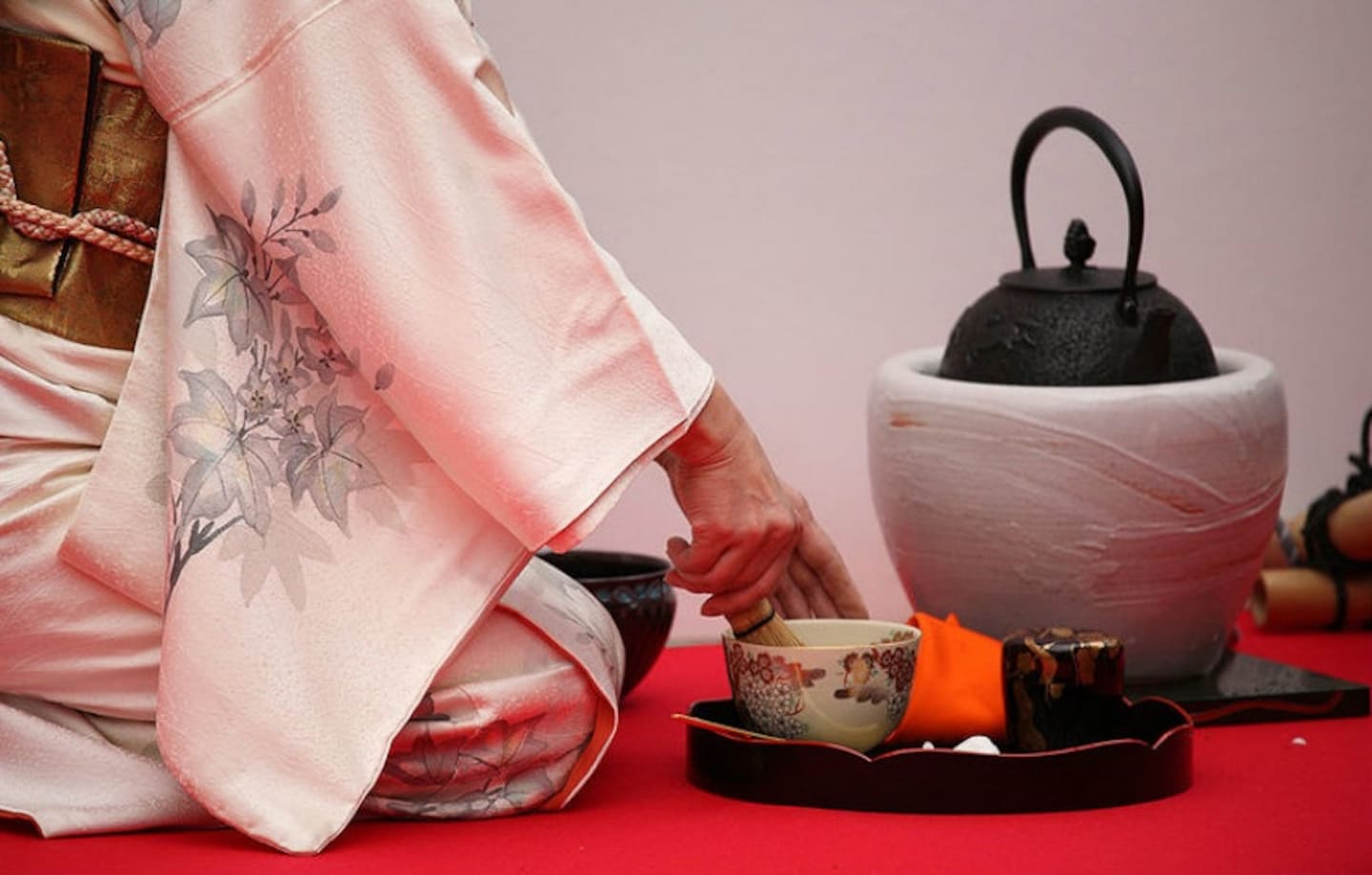A Beginner's Guide to Japanese Tea Ceremonies
Japanese tea ceremony is an art form that has been perfected over 1,000 years, and below RocketNews24 examines some of that long history. Japanese tea masters dedicate their lives to the ritual preparation of a simple bowl of tea. The tea ceremony can be a half-day affair, lasting up to four hours!
By SoraNews24Origins of Chanoyu

http://en.rocketnews24.com/2016/01/12/a-peek-into-the-world-of-the-japanese-tea-ceremony/
The tea ceremony—called chanoyu, or chado if you prefer, or even sado—was brought to Japan from China along with myriad other elements of Chinese culture that was crammed onto a cargo boat. It’s incredible when you think about all the stuff the Japanese brought back with them from China: kanji (Chinese writing characters), calligraphy and the tea ceremony being just a paltry few. We imagine Japanese Buddhist priests such as Eichu and Kukai (after having imported Buddhism) walking through the vast country of China and pointing to various things: “We’ll have some of that Shingon Buddhism, and a bit of the Bodhidarma, and by the way, give us some of that tea ceremony with a bit of calligraphy on the side!” Only after the tiny boat was full did they declare, “Anchors away!” and bring all their bounty here to Japan.
Even the “Seven Lucky Gods” came to Japan from China. They managed to all fit on a tiny vessel called a takarabune (pictured above), destined for the 800-kilometer (500-mile) journey that we presume terminated at the port of Nagasaki.

https://upload.wikimedia.org/wikipedia/commons/9/9a/PM_Shinzo_Abe_hosts_a_tea_ceremony_for_PM_Narendra_Modi_at_the_Akasaka_Palace_in_Tokyo.jpg
The Japanese tea ceremony eventually developed into its own version: a four-hour event of absolute propriety, performed while wearing a traditional kimono and kneeling seiza style. It’s impressive that the interminable ceremony has endured to this day, despite this proclaimed age of instant gratification.
But luckily, we now have a shorter Way of Tea. The abbreviated version came about, no doubt, because just having a cup of tea in the morning was enough to prevent people from getting to work before noon. So, the tea ceremony now has a more casual and endurable version for those who don’t want to risk losing their lower limbs by sitting for long periods of time in seiza, or for those who have a busy schedule to keep like the Prime Minister of Japan, Shinzo Abe, and the Prime Minister of India, Narendra Modi, pictured above.

https://commons.wikimedia.org/wiki/File:Matcha_tea.jpg
These shorter tea ceremonies, called chakai, are a good introduction into the world of matcha, Japanese powdered green tea. If after this abridged version your legs have survived the pins and needles and are still very much attached to your body, then by all means, try to sever them completely in the four-hour rendition. Try to go for one that includes a high-class kaiseki ryori meal. Good food is known to make leg pain more endurable.





